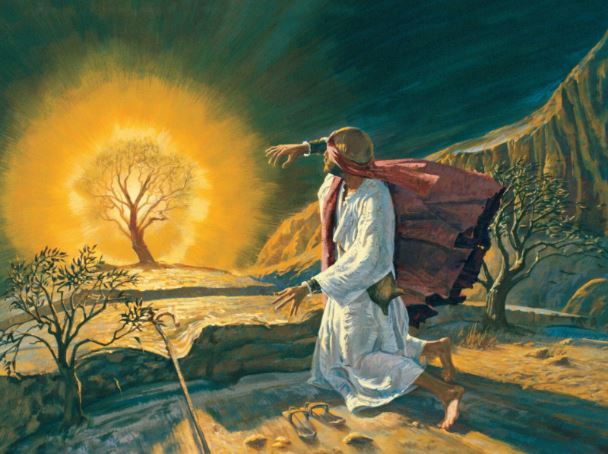To accompany your Come Follow Me study for March 21-27
In addition to reading these chapters, you may want to:
- Look at all the Joseph Smith Translation footnotes and Joseph Smith Translation excerpts in the appendix related to these six chapters.
- Read Acts 7:18-37 and Hebrews 11:23-29
- See the video Come Follow Me LDS 2022 (Mar 21-27) Exodus 1-6 | Moses at https://www.youtube.com/watch?v=e3Zeq0dEd2Y
- See the video Moses: From Birth to Burning Bush, by Living Scriptures at https://www.youtube.com/watch?v=lSzejbSEDwk&t=86s
- See Cecil B. DeMille’s classic movie The Ten Commandments. Though it contains a good deal of fiction, it gives a good picture of the plight of the Hebrew slaves in Egypt, the drama of Moses’ being found by the Egyptian princess, and his encounter with God at the burning bush. You can rent it online for $4.00 or see it in segments, with advertising, on YouTube for free.
If you would like a Kahoot game related to this material which you could use for personal study or use with your family or your class, click here: https://create.kahoot.it/share/exodus-1-6/17e22588-9baa-42c5-a1cd-182076fa895e
Points to Ponder in Exodus 1-6
1. Exodus is a great saga of courage and faith. List five individuals or groups who demonstrated both in these first six chapters of Exodus and briefly explain what each did.
2. Deuteronomy 18:15 indicates that the Savior himself would be a prophet “like unto” Moses. Can you list at least five parallels between Moses and Jesus?

3. Can you suggest a plausible reason why the Lord didn’t seem to condemn Moses for killing the Egyptian who was beating up on a Hebrew? How did that differ from Simeon’s and Levi’s vengeance on the people of Shechem? (2:11-15)
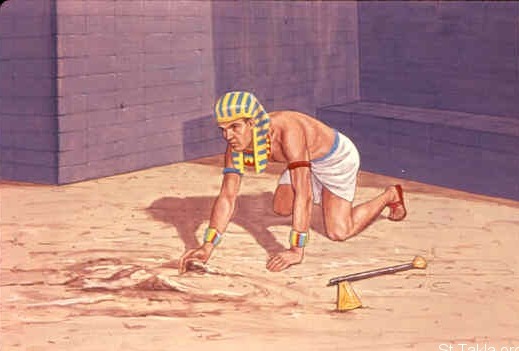
4. Can you find at least five similarities between Joseph Smith’s first vision and that of Moses? What are the most obvious differences? (Ex. 3.)

5. What major mistakes did Moses make in this week’s reading after the Lord appeared to him? What special importance does this question have for Latter-day Saints?
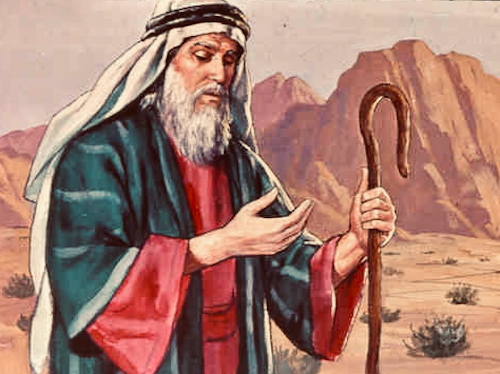
6. Can you rephrase Exodus 4:13 to make it clearer what Moses was really saying to the Lord?
7. What modern day actions could we consider taking to show the same reverence for God that God asked of Moses when he told him to take off his shoes at the burning bush? (3:5)
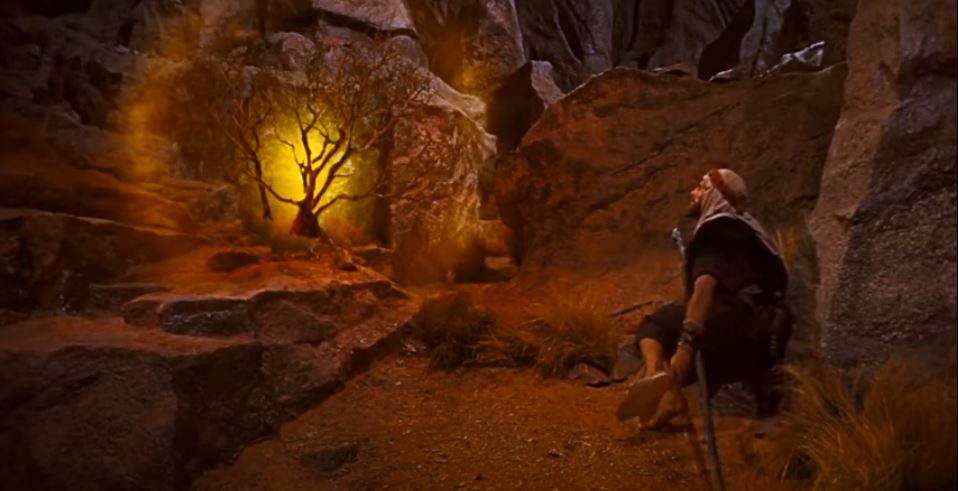
8. What does the Lord mean when he tells Aaron that Moses was to be to him instead of God? (4:16; 7:1.) How does that differ from idolatry?
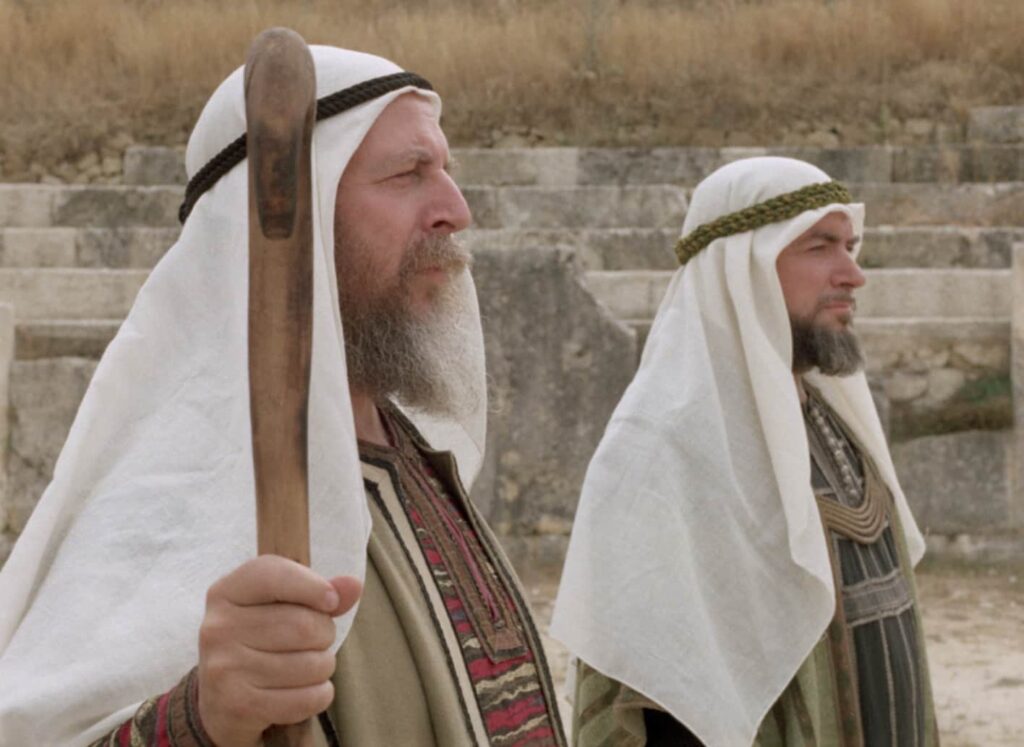
9. What additional information do we learn about Moses’ early years in Acts 7 and Hebrews 11 beyond what we learn in Exodus?
10. What significant clarifications about the events of Exodus 1-6 do we get from the Joseph Smith Translation?
11. How many miracles or divine manifestations (revelations) can you count in these six chapters? There are probably at least sixteen.
Possible Answers to Points to Ponder in Exodus 1-6
1. Exodus is a great saga of courage and faith. List five individuals or groups who demonstrated both in these first six chapters of Exodus and briefly explain what each did.
- The midwives disobeyed Pharaoh’s instructions to kill the newborn Hebrew males.
- Moses’ parents went ahead and had a child, refusing to kill him
- Miriam found the courage to approach the Egyptian princess.
- The princess, Pharaoh’s daughter, requested permission to keep Moses
- Moses slayed an Egyptian who was abusing a Hebrew. He later came to the defense of Jethro’s daughters.
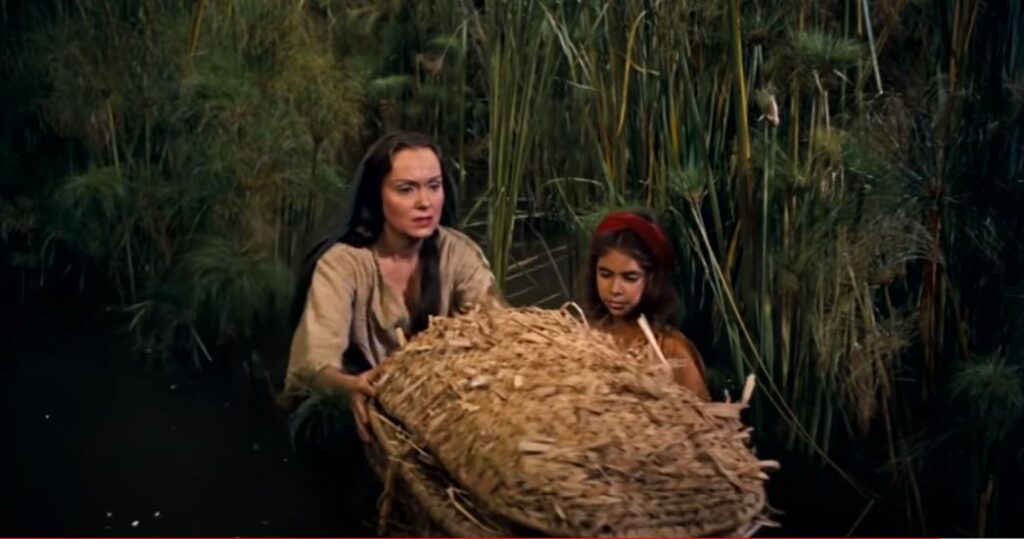
2. Deuteronomy 18:15 indicates that the Savior himself would be a prophet “like unto” Moses. Can you list at least five parallels between Moses and Jesus?
- The birth of each was foretold.
- Each faced efforts to kill him as a youth.
- Both raise by step-parents.
- Each showed great prowess as a youth (Acts 7; Josephus, the Jewish historian, adds that Moses’ understanding and quickness of apprehension were greater than usual for his age, that he was tall and wonderfully good-looking.)
- Both, by lineage or adoption, could have been recognized as an earthly king.
- Both voluntarily descended from a position of greatness to save their people.
- Both were in exile until the death of kings who sought their lives.
- Both had a 40 day period of fasting
- Both exercised miraculous power over the waters
- Moses provided manna from heaven. Jesus fed the 5000 and the 4000 and also announced Himself as the Bread of Life, of which the manna was symbolic.
- Both came out of Egypt to perform their saving missions.
3. Can you suggest a plausible reason why the Lord didn’t seem to condemn Moses for killing the Egyptian who was beating up on a Hebrew? How did that differ from Simeon’s and Levi’s vengeance on the people of Shechem? (2:11-15)
Two possibilities would be:
- The Egyptian wasn’t just beating up on the Hebrew but was evidently trying to kill him. Moses was acting to save the Hebrew’s life, and/or perhaps to save his own life once he had challenged the Egyptian.
- Perhaps the Egyptian was, as legend suggests, attempting to violate the wife of a Hebrew and therefore deserved to die.
4. Can you find at least five similarities between Joseph Smith’s first vision and that of Moses? What are the most obvious differences? (Ex. 3.)
Each:
- Saw God
- Saw a bright light
- Had initial fear
- Was alone, away from other people
- Was told something of the Lord’s future plans
Differences include the appearance of only one divine being to Moses, and no message to Moses about false churches or forgiveness of sins, so far as is recorded.
5. What major mistakes did Moses make in this week’s reading after the Lord appeared to him? What special importance does this question have for Latter-day Saints?
Moses five times expressed reluctance to undertake the mission the Lord had for him. Later he failed to circumcise his son on schedule. This shows that a man need not be perfect to be a prophet and the Lord’s authorized representative. If these weaknesses didn’t disqualify Moses, Joseph Smith should not be dismissed as readily as his critics want to dismiss him.
6. Can you rephrase Exodus 4:13 to make it clearer what Moses was really saying to the Lord?
The New Living Translation renders it as “Lord, please! Send anyone else.”
7. What modern day actions could we consider taking to show the same reverence for God that God asked of Moses when he told him to take off his shoes at the burning bush? (3:5)
Possibilities could include:
- Wearing our best clothes and grooming appropriately when we go to church or to the temple.
- Speaking reverently in both the chapel and the temple.
- Helping keep the chapel clean. (E.g., picking up the Cheerios our kids spill on the bench or the floor.)
- Keeping our own homes clean and neat and with decor conducive to spirituality.
- Etc.
8. What does the Lord mean when he tells Aaron that Moses was to be to him instead of God? (4:16; 7:1.) How does that differ from idolatry?
As D&C 21:4-5 indicates, we are to receive the prophets’ words “as if from [the Lord’s] own mouth.” We are not to worship them, but we are to do what they ask as though the Lord Himself had asked it.
9. What additional information do we learn about Moses’ early years in Acts 7 and Hebrews 11 beyond what we learn in Exodus?
- Moses was “exceeding fair,” that is, good-looking.
- He was three months old when his mother put him in the boat of reeds in the Nile.
- Moses “was learned in all the wisdom of the Egyptians, and was mighty in words and in deeds.”
- He was 40 years old when he left Egypt for Midian.
- Moses, raised as a prince in Egypt, voluntarily renounced the riches and prestige he enjoyed there and chose to suffer affliction with the people of God” rather than “enjoy the pleasures of sin for a season.” (Heb 11:24-25)
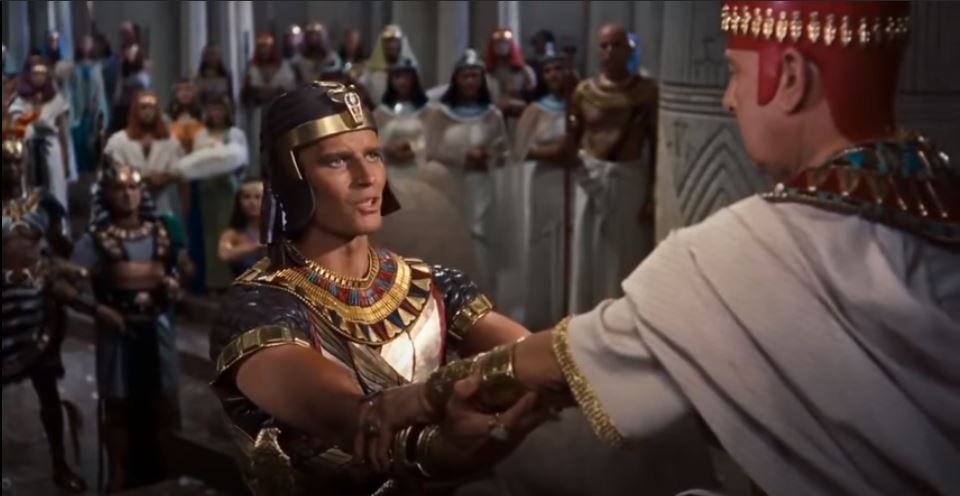
10. What significant clarifications about the events of Exodus 1-6 do we get from the Joseph Smith Translation?
- Moses saw God, not simply an angel at the burning bush. (Exodus 3:2; 4:27.)
- The Pharaoh would harden his own heart. God would not do it for him. (Exodus 4:21.)
- The Lord was indeed known as Jehovah by Abraham, Isaac, and Jacob. (Exodus 6:3.) (“I Am” has the same meaning as “Jehovah.”)
11. How many miracles or divine manifestations (revelations) can you count in these six chapters? There are probably at least sixteen.
- The more the Hebrews were afflicted, the more they multiplied and grew. (1:12.)
- God caused the courageous Hebrew midwives to have families of their own. (1:21)
- God caused Moses, in his ark of bulrushes, to be discovered by the Egyptian princess, perhaps the only one who could have saved his life. (2:5-6.)
- According to the historian Josephus, Moses would not accept being nursed by any Egyptian woman, which caused the princess to accept Miriam’s proposal to find a Hebrew nurse for him, resulting in Moses’ own mother being able to fill that role. (2:7-9.)
- God appeared to Moses at the burning bush. (3:2)
- The bush burned but was not consumed. (3:2)
- Moses’ rod turned into a serpent. (4:3)
- The serpent turned back into a rod. (4:4)
- Moses’ hand became leprous. (4:6)
- Moses’ hand was restored. (4:7)
- The Lord spoke to Moses again in Midian. (4:19)
- Aaron did the indicated signs in the sight of the people of Israel. (4:30)
- The Lord spoke to Moses after his first encounter with Pharaoh. (6:1-8)
- The Lord spoke again to Moses. (6:10-11)
- The Lord spoke to both Moses and Aaron. (6:13)
- The Lord spoke once more to Moses. (6:29)

